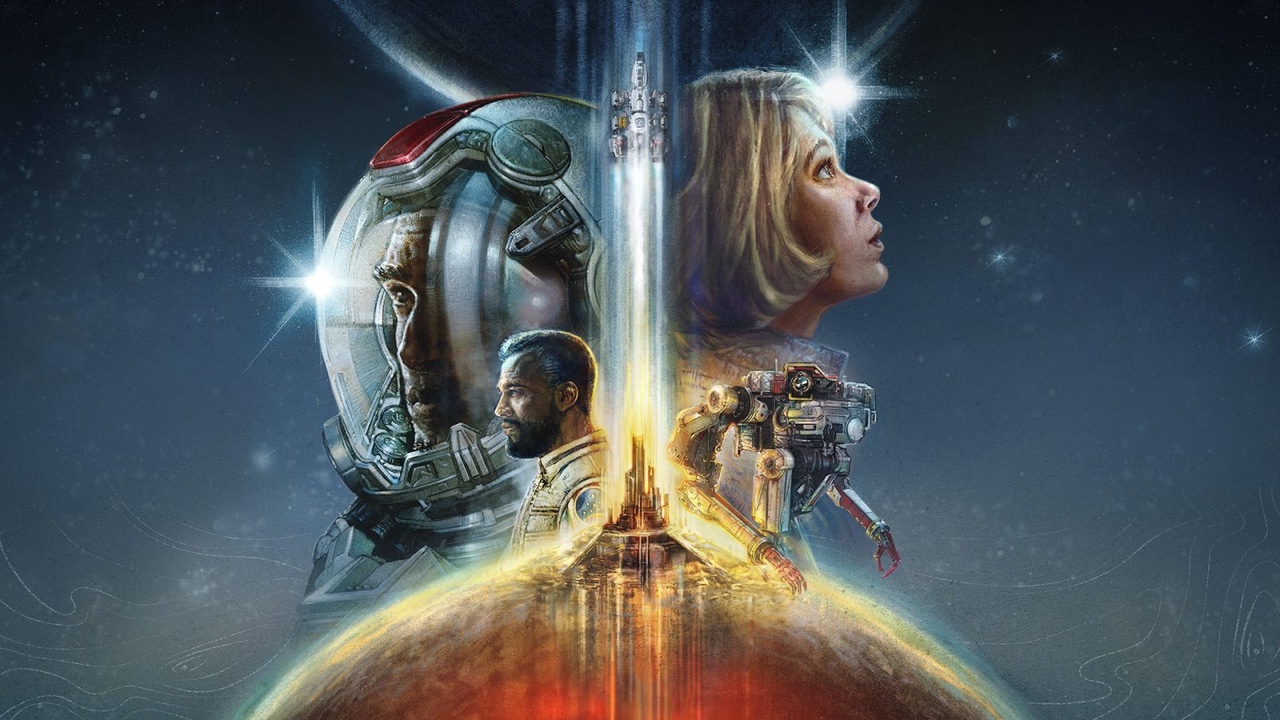Trending
Opinion: How will Project 2025 impact game developers?
The Heritage Foundation's manifesto for the possible next administration could do great harm to many, including large portions of the game development community.
"We all have this idea of what space is supposed to be like. Whatever you thought it was going to look like, we probably have a planet that matches up."

Though Bethesda's newest game Starfield boasts 1,000 planets, what's more interesting about them is how they're made.
A recent article from the New York Times reveals each of the planets were made from a combination of scientific data and procedural generation. From there, human programmers went about populating those worlds, from enemy encounters to landscapes and flora.
So, while human artists hand build the rocks of a planet, executive producer Todd Howard explained, "We have algorithms that create the landscape of a planet and put the rocks and the trees in all the right places."
Procedural generation has been tricky for sci-fi games like Mass Effect: Andromeda and No Man's Sky, both of which are referenced by the Times. Howard called Starfield an "incredibly difficult design challenge," but development was helped with a planet content manager that allowed certain quests to activate when players touch down on a planet's surface.
Starfield draws inspiration from NASA and grounded sci-fi movies like Interstellar, which helped "set parameters" for the geography of the procedurally generated planets. The overall aim was to create a space game that reflected those influences, which themselves drew on humans' interest in space travel.
"We all have this idea of what space is supposed to be like," said studio director Angela Browder. "Whatever you thought it was going to look like, we probably have a planet that matches up.”
Browder noted the importance of balancing Starfield's realistic approach to its worlds with ensuring said planets were worth exploring. By that same measure, managing director Ashley Cheng acknowledged that it was fine for every location to be boring and to exist for its own sake.
"[Space] should feel overwhelming...you should feel small," explained Cheng. "Not every location is supposed to be Disney World."
The New York Times piece on Starfield can be read here, further delving into the game's overall importance for Xbox.
You May Also Like